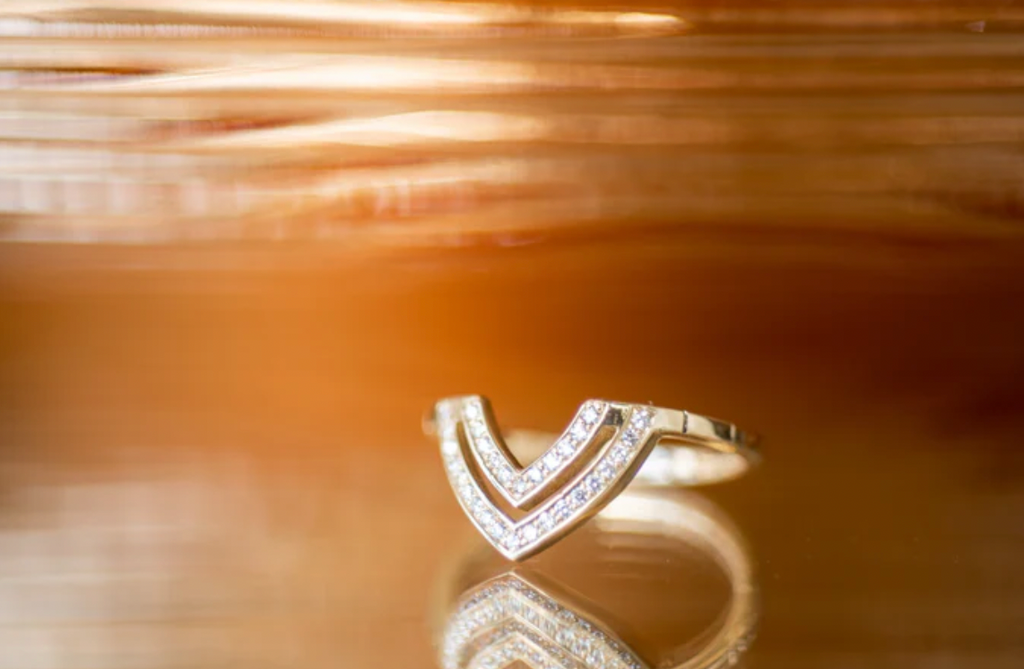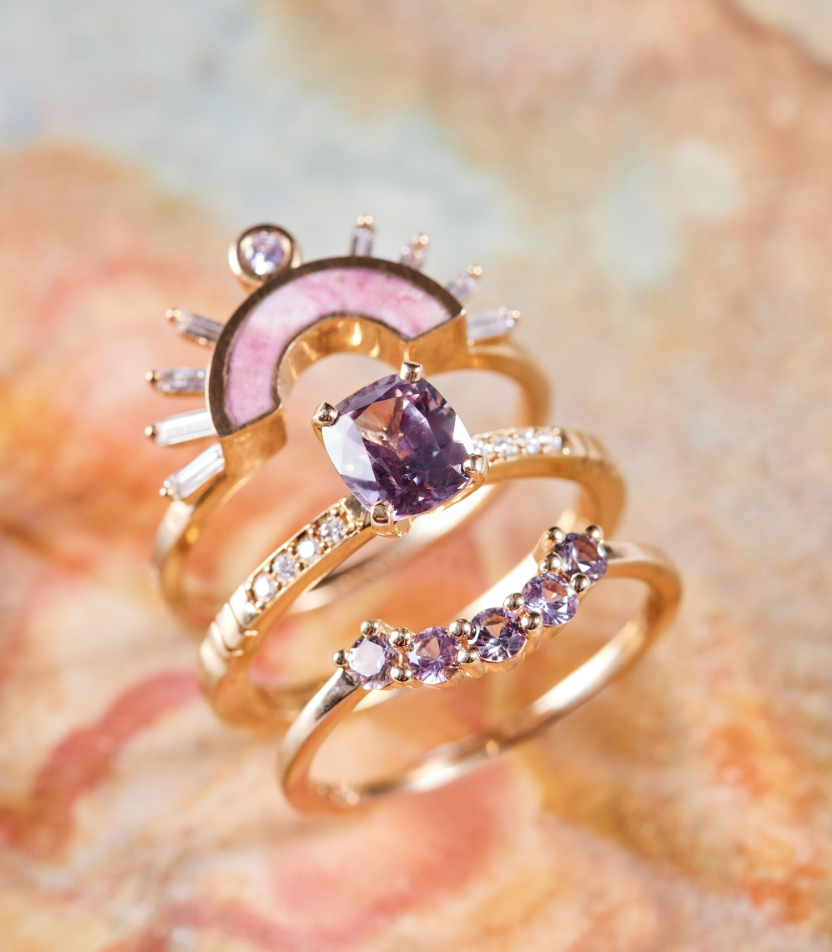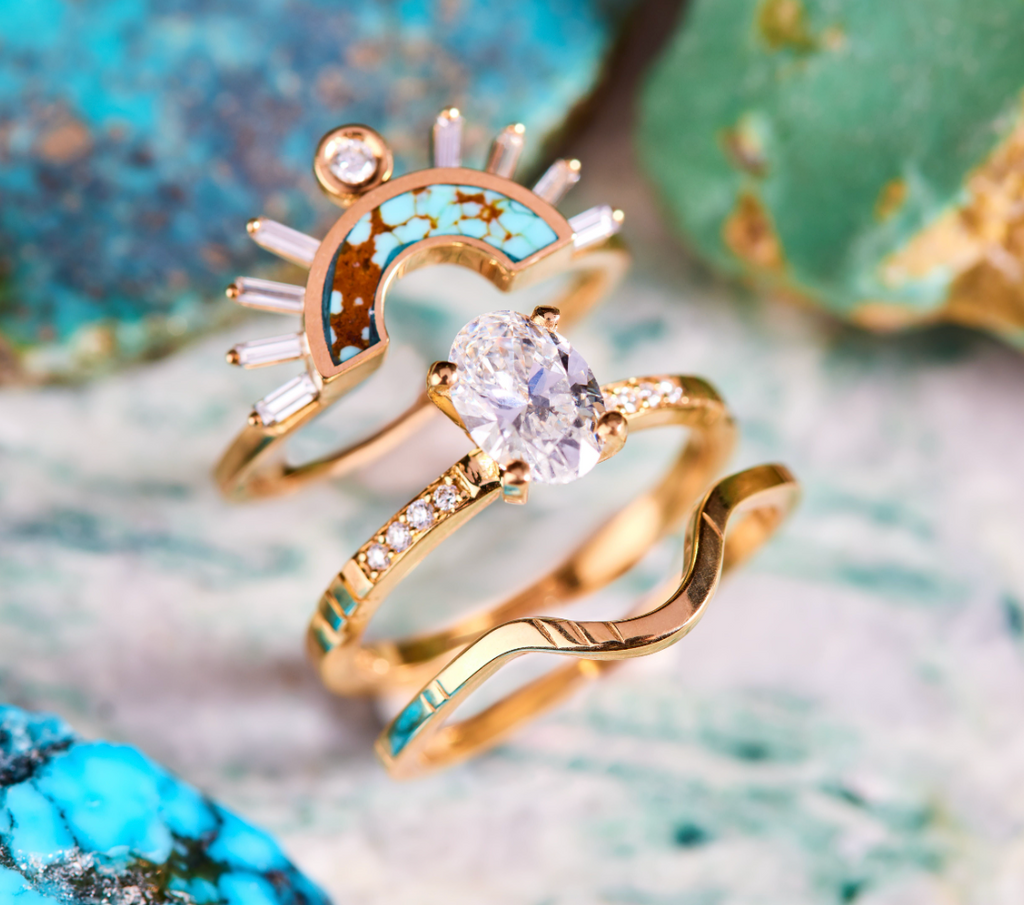Beyond Pure Gold: The Magic of Alloying and its Diverse Applications
A worthy and fascinating investment.

Gold has captivated humanity for centuries with its radiant beauty and remarkable value.
From adorning royal crowns to being used in advanced technologies, gold holds a special place in our hearts and financial world.
But have you ever wondered what this precious metal is made of and how it is transformed into exquisite jewelry and industrial wonders?
Lets uncover what gold is made of and how it is formed.
Composition of Gold: A Touch of Atomic Brilliance
Gold is an element with the symbol Au, derived from the Latin word "aurum."
It stands proudly as the 79th element on the periodic table, showcasing its unique properties.
Gold's atomic structure consists of 79 protons, 79 electrons, and varying neutrons, depending on the isotope.
Its shiny, yellow appearance and malleability make it stand out as an ideal material for all sorts of art and industrial uses.
Formation of Gold: Cosmic Origins and Earthly Extraction
The story of gold's creation begins billions of years ago, in the heart of dying stars and cataclysmic supernovas.
These cosmic events generate intense heat and pressure, causing atoms to fuse and form gold.
As these celestial explosions scatter gold particles throughout the universe, they eventually reach Earth. Over millions of years, gold deposits have been buried deep within the Earth's crust.
Extracting gold from the earth requires various techniques. This includes placer mining, hard rock mining, and hydraulic mining. These methods involve sifting through soil and rocks, breaking them down to release the precious metal.
It's a laborious process, but the allure of gold makes it worthwhile.
Alloying Gold: A Gleaming Blend of Beauty and Strength
In its natural form, pure gold is too soft for most practical uses.
Gold is alloyed with other metals to enhance its durability. It also creates stunning blends that keep its radiant allure.
Why is gold often alloyed with other metals?
Alloying improves resistance to scratches, dents, and wear. It makes it more suitable for everyday wear and industrial applications.
Various gold alloys are used in jewelry making, such as 18k gold, 14k gold, and 10k gold. These alloys are created by mixing gold with other metals like silver, copper, nickel, or zinc.
The choice of the alloy depends on the desired color, strength, and price of the final piece. For instance, 18k gold contains 75% gold and 25% other metals, resulting in a lustrous, durable alloy.
Methods For Alloying Gold With Other Metals: Blending Brilliance with Technique
Alloying gold involves different methods to achieve the desired outcome.
- One method is mixing gold with other metals, which can be done by melting and combining the elements in precise ratios.
- Another technique is electroplating. A layer of gold is deposited onto a base metal through an electrochemical process. Electroplating gold alloys for electronics provides a thin layer for conductivity and corrosion resistance.
- Heat treatment is yet another method employed to modify the properties of gold alloys. Subjecting the alloy to controlled heating and cooling processes can alter its hardness, flexibility, and other characteristics.
Applications of Alloyed Gold: From Ornate Elegance to Technological Marvels
Gold alloys find their place in a myriad of applications.
- In jewelry making, alloyed gold adds strength, durability, and a spectrum of colors. Its resistance to tarnish and corrosion makes it an ideal choice for heirlooms and treasured possessions.
- Beyond the fashion world, gold alloys play a vital role in electronics. Gold's exceptional conductivity makes it invaluable for plating connectors and components. Its oxidation resistance ensures long-lasting performance, even in demanding environments.
- Gold alloys also have significant applications in dentistry. The role of gold alloys in dental applications is used for crowns, bridges, and other dental restorations, ensuring strength and aesthetics.
Unveil the Shimmering Secrets of Gold at Young In The Mountains
Gold's atomic brilliance and cosmic origins give gold an otherworldly allure. While alloying elevates its practicality and versatility.
Gold continues to captivate us with its timeless radiance.
With emerging technologies and evolving trends, the future of gold holds exciting possibilities. Innovations in the sustainability of gold mining and alloying practices promise a brighter and greener path.
At Young in the Mountains, ethical and sustainable jewelry takes center stage. Our unwavering dedication to ethical practices sets us apart from the rest.
Every creation from Young in the Mountains is crafted with meticulous care and a keen eye for detail.
From dainty necklaces to bold pieces, our collection reflects your style and unwavering commitment to creating a better world.
So, adorn yourself with jewelry that compliments your aesthetic and aligns with your values.



